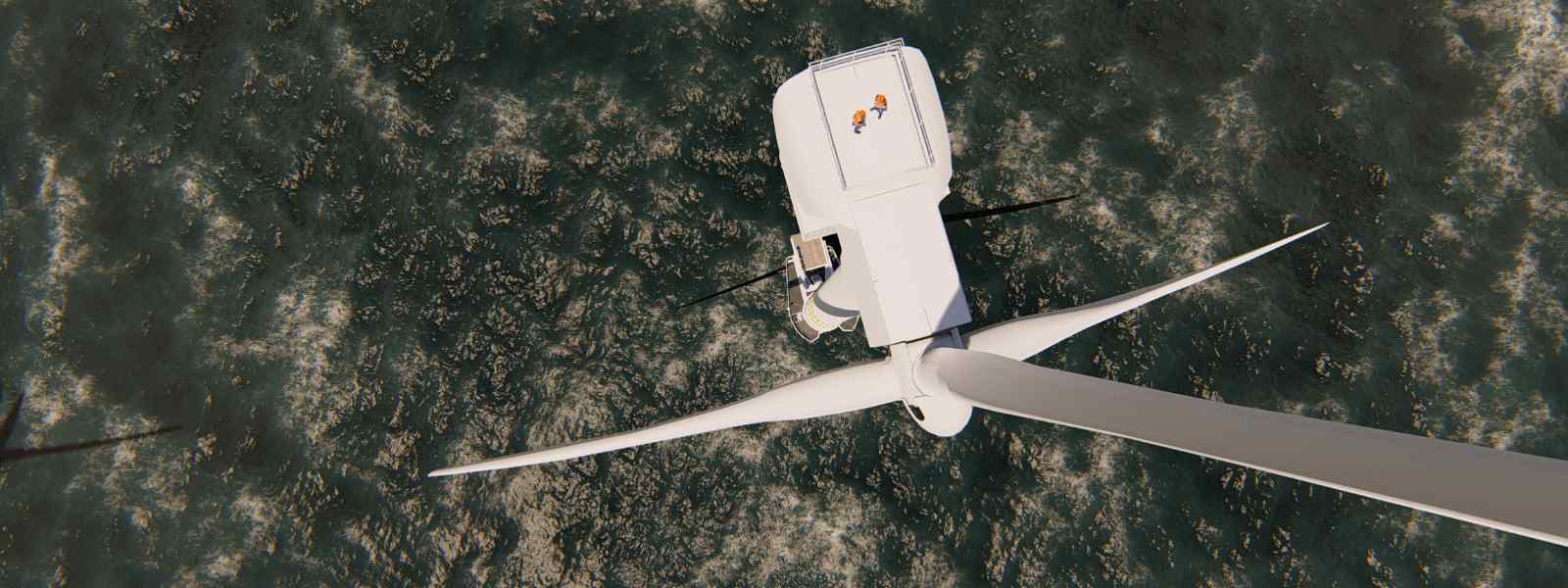
A new UK-wide research project is shaping a greener approach to managing artificial structures in the oceans.
ValMAS (Value of Marine Artificial Structures), a four-year, £5.6 million project, aims to transform the way these structures are maintained, including oil rigs and wind turbines.
The programme will generate important new insight on the impact the structures have on ocean environments, economies and societies.
Fair transition
It will initially focus on the North Sea and aims to map the knowledge landscape of marine artificial structures, to identify research gaps. It will also assess public perceptions and economic trade-offs to ensure a fair and inclusive energy transition, and create state-of-the-art decision support tools for policymakers, regulators and industries.
Researchers in Strathclyde’s Department of Mathematics and Statistics are partners in the project, which is led by Plymouth Marine Laboratory and which has more than 30 other collaborators from academia, government, NGOs and industry.
Dr Jack Laverick, Strathclyde’s lead researcher in ValMAS, said:
There is an urgent need to manage oceans and seas carefully, ensuring that we deploy and decommission structures sustainably while benefitting from marine resources. This is a highly complex undertaking and the interdisciplinary nature of ValMAS reflects this.
“Our role will be to model the ecosystem-scale effects of marine artificial structures in the North Sea. We will be using StrathE2E, our strategic tool for whole marine ecosystem management, to compare the relative effects of these structures on the environment alongside climate and fishing.”
ValMAS is funded by the Natural Environment Research Council (NERC) and the industry-sponsored INSITE programme.
Tracy Shimmield, Director of Research and Skill at NERC, said: “The ValMAS programme...seeks to inform nature-positive policy solutions for the management of all life stages of marine artificial structures. It will deliver evidence of the interplay between the ecological, economic and social values of marine artificial structures, to build a better understanding of their environmental value across sectors in the North Sea.
"Evidence generated will inform decision making on the best outcomes for the environment when it comes to decommissioning."